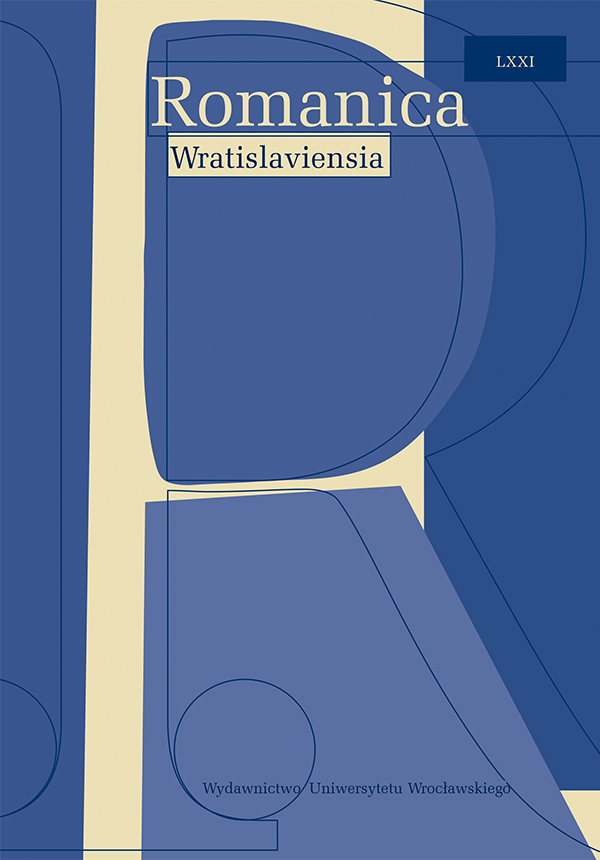

Artykuły

The present paper is the first in the series devoted to the study of the temporal dimension of the literary and photographic works of Claude Simon, Nobel Prize-winning author (1985). It proposes to examine the temporal aspect of movement and immobility, the latter not being considered as the opposite but rather as the superlative of movement, temporarily suspended. The analysis is mainly based on the philosophical theories of Gaston Bachelard and Henri Bergson, as well as the photographic ones written by Siegfried Kracauer and Roland Barthes. Influenced by the formal experiments of the Nouveau Roman, Simon rejects the traditional temporal structure of narrative in favor of Faulkner’s conception of the eternal “present of writing”, which translates at the photographic level where the present is split between the experience of the Operator (the photographer) and the Spectrum (the subject of the photograph). Time frozen in duration loses its progressive character but acquires a certain plasticity. Simon’s works capture the energy of motion and the hidden energy of rest and bring it to an explosive state in a paradoxical synthesis of vertiginous immobility.